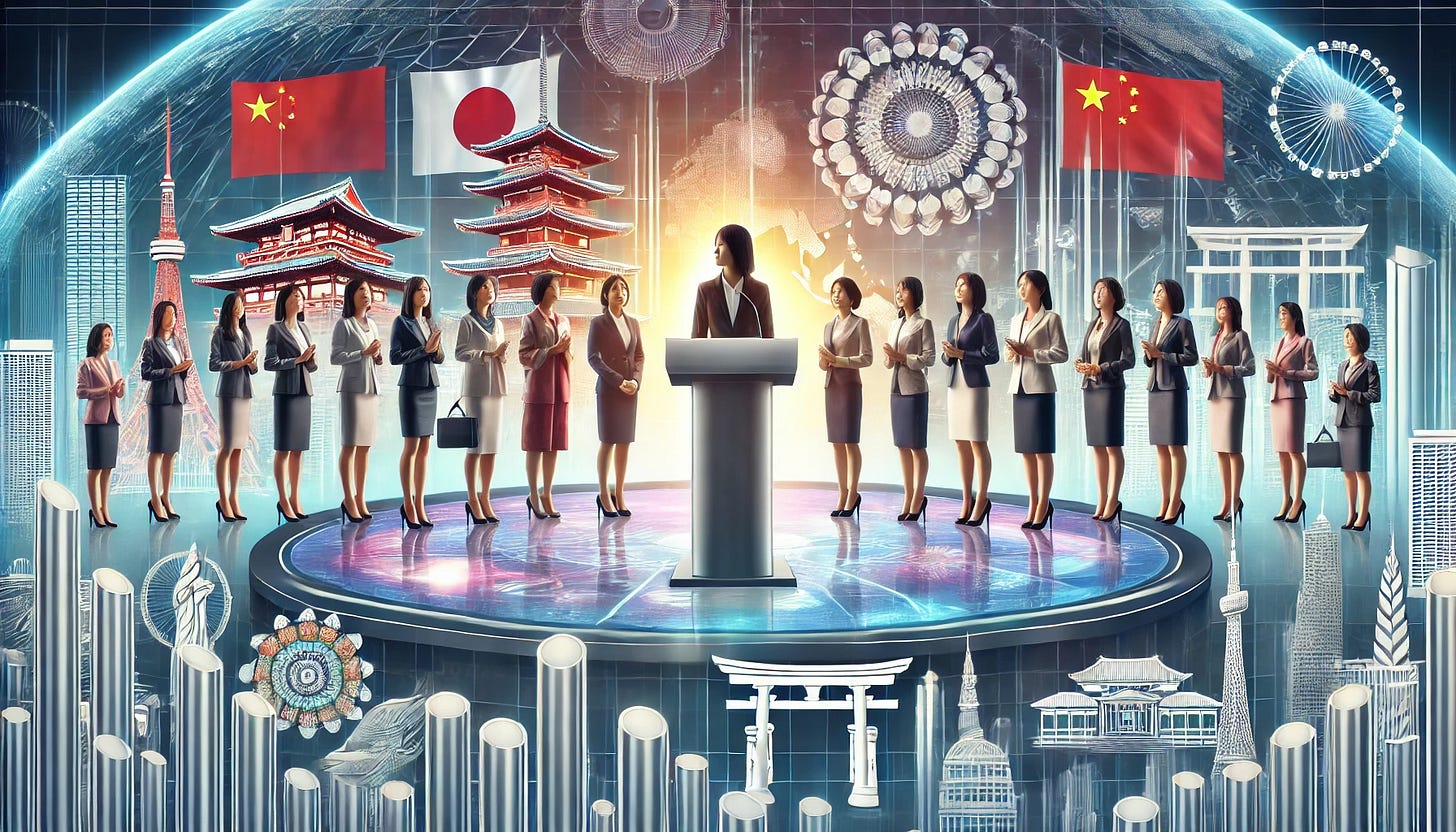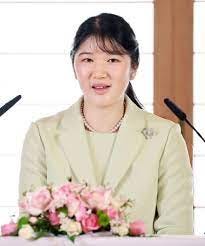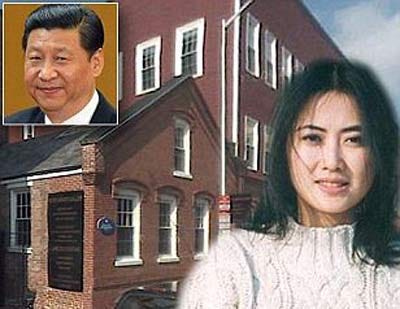The Rise of Female Leadership in Asia
Geopolitical & Economic Implications
This past weekend, March 8th was International Women’s Day, which prompted me to think about the current state of female leadership around the world. In the United States, we have twice failed to elect a female president. But elsewhere, women have been elected as heads of government.
Margaret Thatcher is one of the best examples of a strong woman who led her country through a very difficult time. One of my favorite exchanges:
Reporter: They don’t seem to make any concessions to the fact that you’re a woman.
Mrs Thatcher: No. Why should they? I don’t make any concessions to the fact that they are men.
In terms of female leaders in Europe or the Americas, perhaps Italy’s Giorgia Meloni has similar pizzazz. Claudia Sheinbaum is making her mark as well as Mexico’s first female president.
But what about Asia, where historically women were thought to have held comparatively weaker positions in society? What if, for example, Japan allows Princess Aiko to become Empress? And what if Xi Jinping’s daughter succeeds him, beginning a new Chinese dynasty? Kim Jung-un, whose very young daughter now accompanies him to missile launches, might very well appoint her as his successor in North Korea. Could Asia in the 21st century become dominated by female leadership?
If current trends hold, Asia’s next century could be shaped by a wave of female leadership, unprecedented in modern times, reshaping governance across the region. 💬
Historical Context
Asia has already seen strong female leadership. Prime Minister Indira Gandhi of India, Benazir Bhutto of Pakistan and more recently Tsai Ing-wen, who was President of Taiwan for eight years. Australia has had a female prime minister, Julia Gillard, and in fact, the first woman in the world to be a Prime Minister anywhere was Sri Lankan leader Sirimavo Bandaranaike, who ruled intermittently for a period of forty years. And of course, Thailand had a female prime minister as well.

Going back further in history, China and Japan had ruling empresses, mostly during the 7th and 8th centuries. The Heian period (794–1185 CE) in Japan was a golden age of arts and literature, producing the world’s first novel, Tales of Genji which was written by Lady Murasaki. The narrative is that growing military conflicts gradually diminished women’s roles in the Imperial Court over time.
Three Contenders
While this very young group might not take the reins in the next few years, if we look at the distant future, it is possible to imagine a world in which Asia is primarily ruled by women. Unlike ancient times, modern military might could be defined by technologies such as drones, instead of brute force and physical combat, where women historically faced more barriers.
1. Aiko, Princess Toshi
Born in 2001, Princess Aiko is the only child of Emperor Naruhito and Empress Masako. At 23 years of age, she will soon face a decision. If she marries a commoner, she will lose her royal title. Under current law, she cannot become Empress, so at this point her future role is unclear.
Japan has had eight ruling empresses, but male-only succession was codified during the Meiji Restoration (1868-1912) and in 1947 under the Imperial Household Law. However the current emperor and his wife did not produce a male heir.
Naruhito is said to be close to his daughter, and public support for a female emperor is strong—over 70%. However, the conservative factions of Japanese politics are firmly opposed to female succession. Said to be poised and accomplished for her age, Princess Aiko could be an ideal leader for a new generation of Japanese citizens—and a signal to the rest of the world that Japan is changing.
2. Xi Mingze, daughter of Xi Jinping
Could we see a female General Secretary of the male-dominated Chinese Communist Party?
Keep reading with a 7-day free trial
Subscribe to econVue to keep reading this post and get 7 days of free access to the full post archives.





